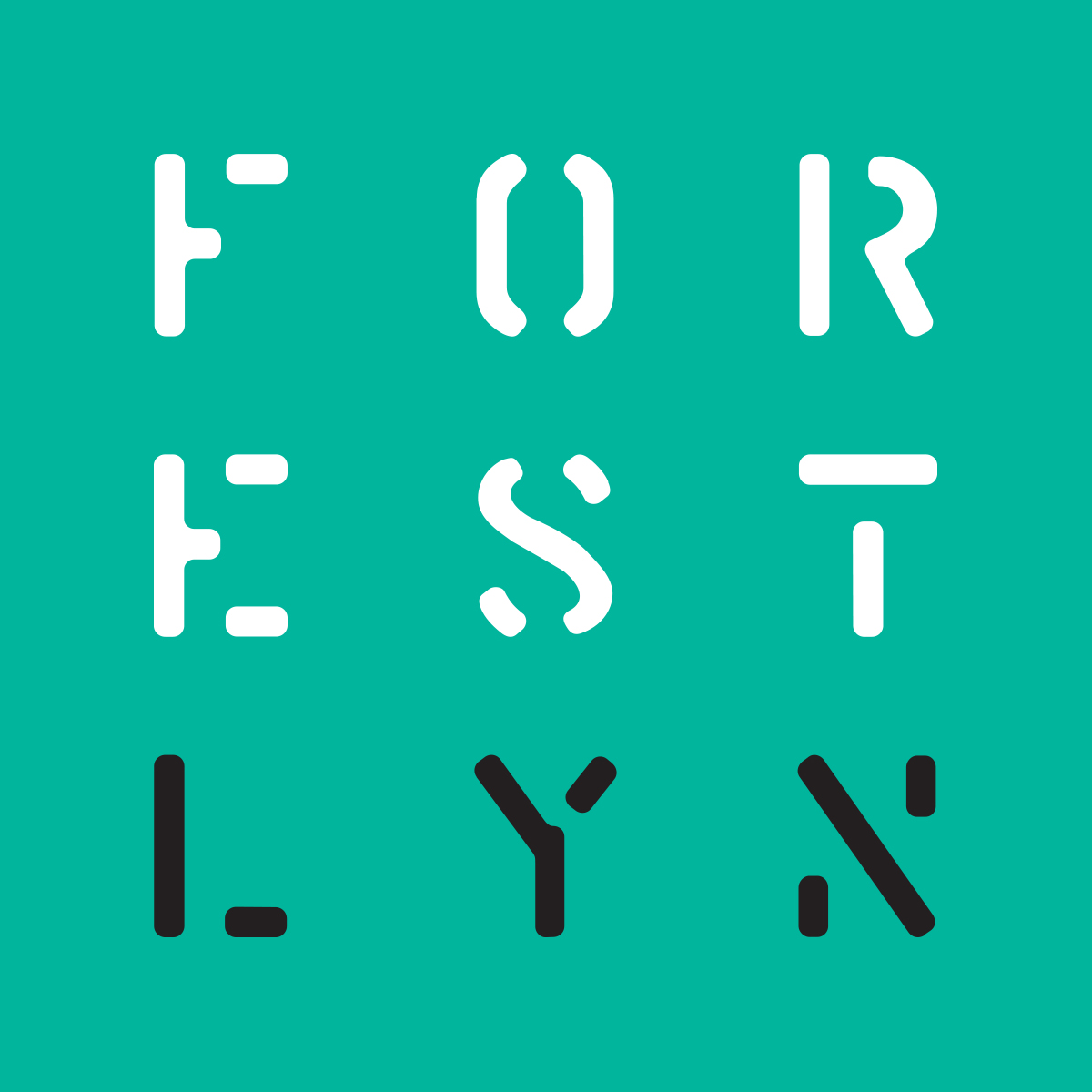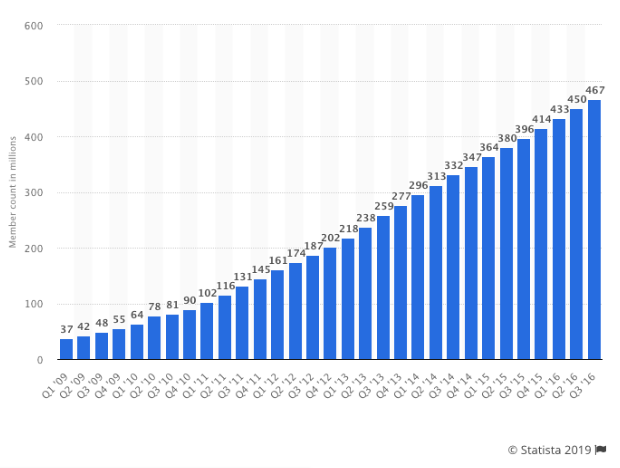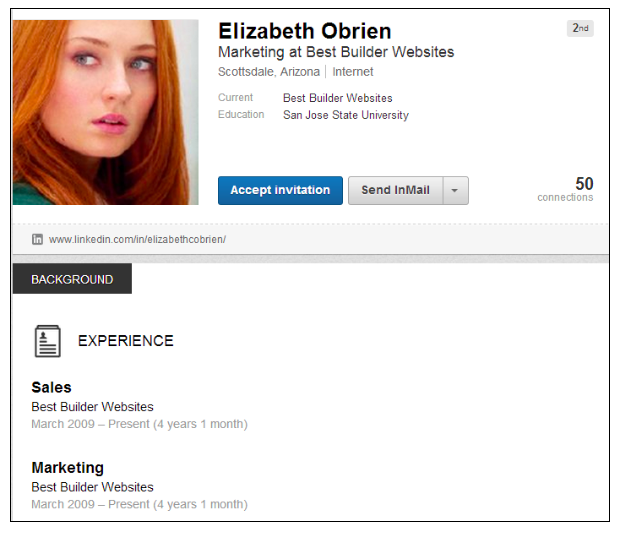How To Spot Fake Profiles and Avoid Scams on LinkedIn
Since its foundation in 2002, LinkedIn has exploded on the social media landscape. According to the company’s Marketing Solutions blog, LinkedIn is the most used social media platform among Fortune 500 companies. It allows professionals to network, recruit employees, share knowledge, and have conversations with other business professionals globally. With these unrivaled benefits, it comes as no surprise that the platform is increasingly being plagued by fake profiles. Anyone can sign up with a new account being created every two seconds.
A Goldmine for Scammers
In the digital age, our data is our greatest asset. Data is stolen, sold, collected and analysed with every movement we make online. Consequently, social networking platforms like LinkedIn have become rife with fake profiles who try to connect with you so they can:
Steal your identity
Once scammers have your email address they can usually start piecing together other information about you, such as your name, your workplace, and where you live. Then they can start to build a fake profile with your information.Collect email addresses
Ever wondered why you keep getting spam mail? Online scammers want to make as many connections as possible to harvest email addresses that they can then sell to spam companies for a commission.
Enable phishing
Once a scammer has connected with you, they often will send messages to your inbox with links that can damage your computer or steal your personal information if opened.
Build credibility
Fake accounts want to gain as many connections as possible to build their credibility. By accepting a connection request you are essentially legitimising that profile as a real person. Upon receiving a new connection request, a user is much more likely to accept if there are mutual friends involved.
Whilst LinkedIn has its own set of policies for stamping out fake profiles, scammers are still exploiting the platform and taking advantage of people’s data. One fake account may get deleted, but another one is just as quick to pop up in its place. To help you out we’ve created a go-to guide on how to spot a fake profile when you see one.
Don’t Be Fooled
Before accepting a new connection, always look out for:
1.Fake profile pictures
Often fake accounts use photos of amateur models or actors because they aren’t easily recognised but have posted professional-looking headshots online. Or as seen in a less subtle attempt, we have Sophie Turner (Game of Thrones) as Elizabeth Obrien at Best Builder Websites.
If you suspect a profile photo has been scraped from someone else’s online information, you can do a reverse image search through Google. This will show up all the websites where an image is featured. Take Constance E. Richmond, for example, who shows up on a website selling cowgirl hats.
2. Incomplete profile information
Threadbare profiles are a tell-tale sign of being a fraud. Anyone who is serious about their LinkedIn presence will have a robust profile with detailed information about their skills, past employment positions, volunteering contributions, and industry qualifications. Fake profiles, on the other hand, will often feature generic job titles, such as ‘manager’, and not much else.
3. Poor spelling and grammar
If you scroll down a person’s profile you might see summaries they’ve written about their work experience and qualifications. These are great indicators of authenticity. If the profile is claiming to be a well-educated professional then it would be very suspicious if it was riddled with spelling errors, grammar mistakes and typos.
4. Suspicious work history
Profile information like education and past employers usually paint a clear picture of a person’s career trajectory, so if the details seem incompatible you might want to check twice. Scammers will often try to create plausible reasons for connecting with someone, such as working for the same company or attending the same school.
5. Suspect connection request
Whilst many scammers pose as regular workers, some fake profiles pretend to be prominent industry leaders and business people to trick users into connecting with them. Unless you are regularly rubbing shoulders with Fortune 500 CEOs, it’s likely that Bill Gates isn’t trying to connect with you, but his imposter is instead. Lucky we aren’t gullible enough to believe that Bill Gates would only have 18 connections.
6. Lack of engagement
What’s the purpose of social networking sites? To interact with others online. Considering this, if a LinkedIn page hasn’t posted content, made any comments, or shared a post then it is likely to be a fake account used to scam users. Another red flag is if the profile follows lots of users but very few people follow them back.
7. Pitches for too-good-to-be-true opportunities
LinkedIn is a great place for job seekers to connect with potential employers and recruiters. However, scammers exploit this function by sending fake job offers. These messages often include links that will ask for personal details in order to ‘apply’ for the position or will ask for money to cover training costs. All of the above will never eventuate into real jobs, but may lead to identity theft or stolen funds.
The benefits of LinkedIn as a professional social networking platform has drawn an enormous international audience. But as with any great opportunity, there are always those who want to exploit it. That’s why it is important to keep your wits about you online with these tips to stop you from falling victim to fake profiles. Once you know how to spot the scammers you’ll be protecting yourself and others from cybercriminals trying to steal your data. Share this post to help educate others and put the scammers out of business!
👉 Want to know more tips about how you can authentic your LinkedIn presence? Read our adjoining blog 7 Simple Steps To Authenticate & Optimise Your LinkedIn Profile
👉 Want to know how to reach out to partners, vendors, suppliers, clients and customers? Read how we can help you automate your LinkedIn outreach activities on our previous blog LinkedIn Outreach: Connect & Grow With Your Target Audience Online
How Forestlyn Can Help You
We are technology marketing experts with a passion for innovation. With a deep understanding of the emerging technologies space, we create your marketing strategies and de-jargon your communications to help you bridge the gap between the early adopters and the mainstream audience. Whether you are a corporate organisation, small-medium size business or startup, we formulate high growth tactics for outsourced marketing, strategic direction, marketing implementation and educational workshops.
Talk to us today to find out more about how we can help you. Book a consultation here.





